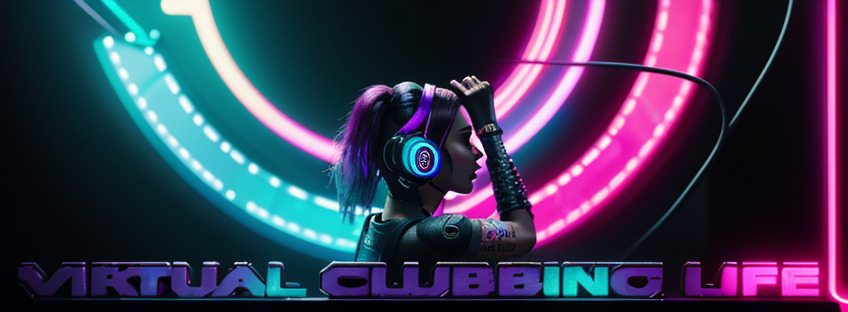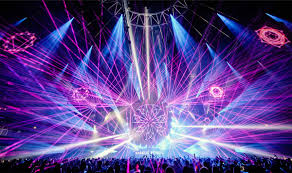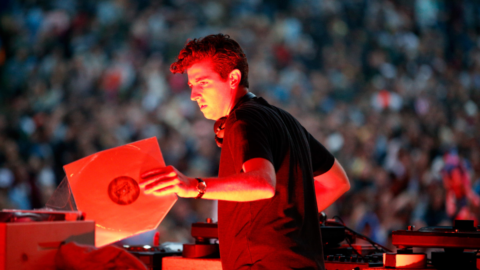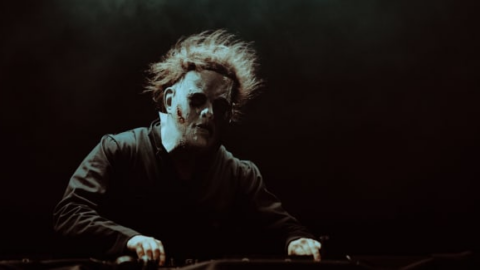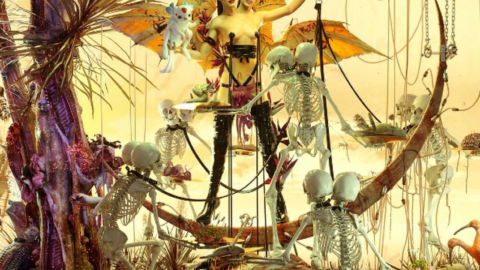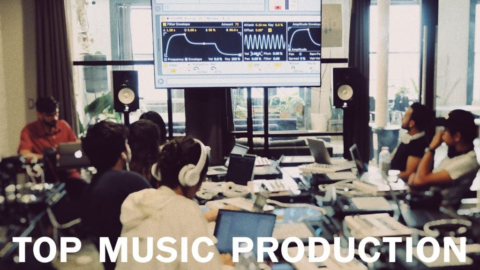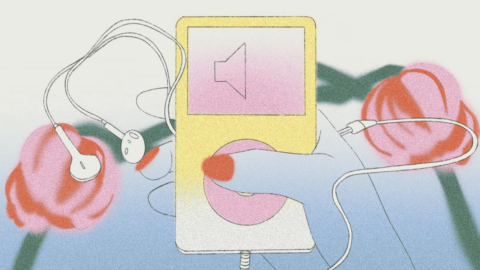In recent years, bass music has become a dominant force in the electronic music landscape, captivating audiences with its heavy beats, intricate sound design, and infectious energy. This genre, which encompasses a variety of styles including dubstep, trap, and future bass, has evolved significantly since its inception, pushing the boundaries of what electronic music can be. In this article, we explore the evolution of bass music, its key subgenres, and the artists who are shaping its future.
The Birth of Dubstep
Dubstep emerged from the underground music scene in the early 2000s, primarily in the UK. Characterized by its heavy basslines, syncopated rhythms, and sparse beats, dubstep took inspiration from garage, drum and bass, and dub music. Early pioneers like Skream, Benga, and Burial helped define the sound, producing tracks that combined atmospheric elements with powerful bass hits.
The genre gained mainstream recognition around 2010, thanks in part to artists like Skrillex and Flux Pavilion. Skrillex’s debut EP, “Scary Monsters and Nice Sprites,” showcased the aggressive, wobbly basslines and intricate sound design that would become synonymous with dubstep, attracting a massive following and leading to collaborations with pop artists.
The Rise of Trap
While dubstep dominated the electronic music scene, another bass-heavy genre began to rise: trap. Originating from Southern hip-hop, trap music found its way into electronic music through artists like Baauer and RL Grime. Trap is characterized by its use of 808 drum machines, hi-hats, and synths, creating a sound that is both hard-hitting and danceable.
The viral success of Baauer’s “Harlem Shake” in 2013 propelled trap into the mainstream, leading to its incorporation into festival lineups and collaborations with a diverse array of artists. This cross-pollination of genres has further enriched the bass music landscape, allowing for the blending of trap with other styles, such as dubstep and future bass.
Future Bass: A Melodic Shift
As the bass music scene continued to evolve, a new subgenre emerged: future bass. Characterized by its melodic elements, lush synths, and uplifting chord progressions, future bass has become a favorite among both producers and listeners. Artists like Flume, Marshmello, and Illenium have played pivotal roles in popularizing this genre, infusing it with emotional depth and accessibility.
Future bass tracks often feature vocal chops and samples, creating a unique sound that resonates with a broad audience. The genre’s ability to blend elements of pop, hip-hop, and electronic music has made it a staple in festivals and radio playlists alike.
The Impact of Festivals and Collaboration
Bass music’s evolution has been significantly influenced by the rise of electronic music festivals, which have become crucial platforms for showcasing emerging talent and subgenres. Festivals like Electric Daisy Carnival, Ultra Music Festival, and Lost Lands focus heavily on bass music, providing opportunities for artists to connect with fans and collaborate with one another.
Collaboration has become a hallmark of the bass music scene, with artists frequently joining forces to create tracks that blend their unique styles. This spirit of collaboration fosters innovation, pushing the genre forward and allowing for the emergence of new sounds and influences.
The Future of Bass Music
As bass music continues to evolve, it is likely to see further experimentation with sound and style. With the advent of new technologies and production techniques, artists are finding new ways to push the boundaries of the genre. The rise of virtual reality and augmented reality experiences may also play a role in shaping how fans engage with bass music in the future.
Additionally, the increasing popularity of bass music globally hints at a bright future for the genre. As artists from diverse backgrounds contribute their influences, the bass music scene is poised for continued growth, ensuring it remains a vital part of the electronic music landscape.
Conclusion
The evolution of bass music, from its roots in dubstep to the melodic heights of future bass, showcases the genre’s adaptability and resilience. With its ability to blend influences and foster collaboration, bass music continues to captivate audiences and inspire artists around the world. As we move forward, the genre will undoubtedly evolve, embracing new sounds and ideas while staying true to the powerful basslines that define it.
Tags: dubstep Future bass trap
